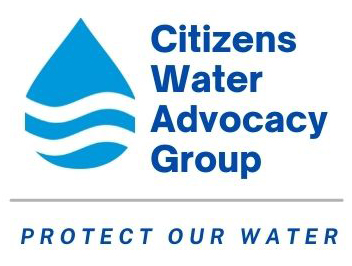Until the mid-1990s, New Mexico’s largest city believed it never had to worry about its future water supply. Sitting as it did above an extensive aquifer, Albuquerque believed itself capable of quenching its thirst in perpetuity. Then came a study from the U.S. Geological Survey, which revealed that the aquifer was much smaller than originally believed, and shrinking fast. Albuquerque had gone from perceived water security to a real water crisis, virtually overnight. Rick Shean, Water Rights Manager for the Albuquerque Bernalillo County Water Authority, explained how his community faced up to this emergency and he provided insights for other communities in the arid southwest.
Shean discussed how local officials were convinced that prompt action was needed to address the region's rapidly declining water supply and the actions taken to secure the extensive public involvement and regional cooperation required for success. In addition, Shean explained how strategic and conservation plans have been used to gain support for the investments that have resulted in long-term water security for Albuquerque and nearby communities. Strategic plans, periodically updated, examine supply and demand scenarios for the next 100 years. Shorter-term water conservation plans, updated more frequently, justify the incentives and other conservation measures that have reduced water use per person by half since the mid-1990s.
Shean has 20 years of experience in the water sector in the Southwest, with a background in ground water quality, watershed and erosion studies, and water resource planning and policy. He is responsible for all aspects of the Albuquerque Bernalillo County Water Utility Authority’s source-water storage and diversions, and is also involved in long-term planning to ensure the resiliency of the community’s water resources portfolio. He holds a bachelor’s degree in Anthropology and Geology, a Master’s in Business Administration, and a Master’s in Water Resources, all from the University of New Mexico.
